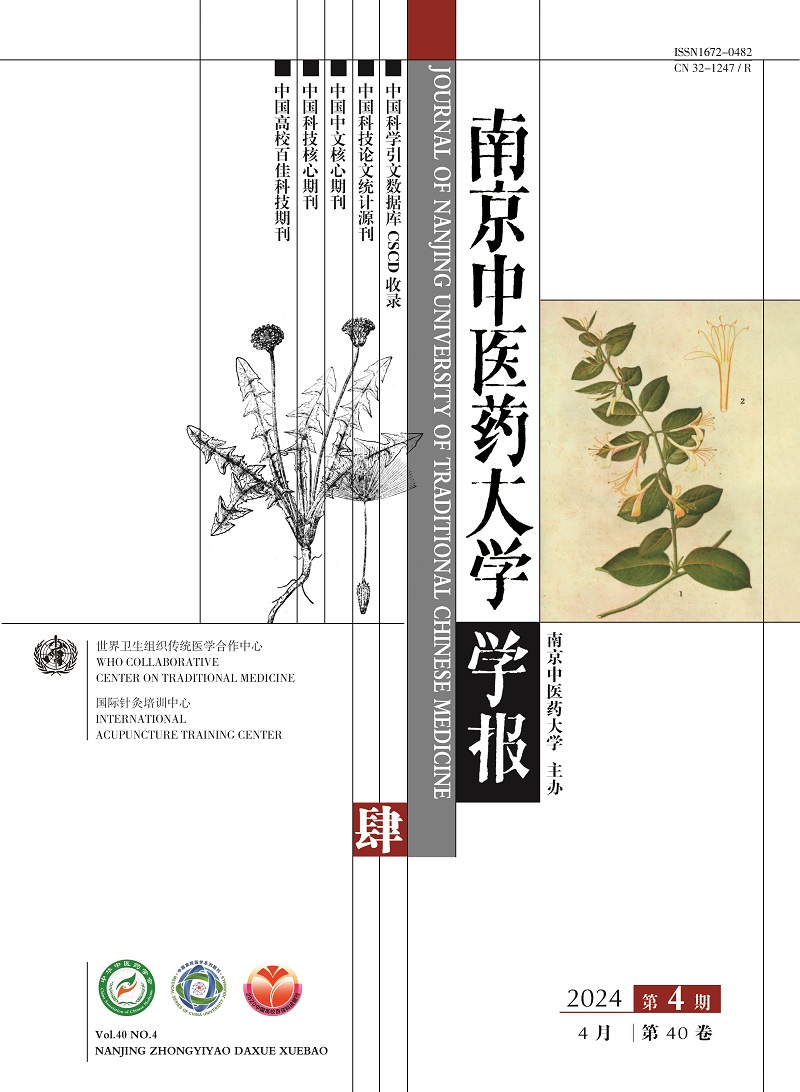2016 Vol. 32, No. 5
Display Method:
2016, 32(5): 401-404.
Abstract:
2016, 32(5): 401-404.
Abstract:
2016, 32(5): 405-408.
Abstract:
2016, 32(5): 405-408.
Abstract:
2016, 32(5): 409-412.
Abstract:
2016, 32(5): 409-412.
Abstract:
2016, 32(5): 413-415.
Abstract:
2016, 32(5): 413-415.
Abstract:
2016, 32(5): 416-418.
Abstract:
2016, 32(5): 416-418.
Abstract:
2016, 32(5): 419-421.
Abstract:
2016, 32(5): 419-421.
Abstract:
2016, 32(5): 422-424.
Abstract:
2016, 32(5): 422-424.
Abstract:
2016, 32(5): 425-427.
Abstract:
2016, 32(5): 425-427.
Abstract:
2016, 32(5): 428-430.
Abstract:
2016, 32(5): 428-430.
Abstract:
2016, 32(5): 431-434.
Abstract:
2016, 32(5): 431-434.
Abstract:
2016, 32(5): 439-441.
Abstract:
2016, 32(5): 439-441.
Abstract:
2016, 32(5): 442-446.
Abstract:
2016, 32(5): 442-446.
Abstract:
2016, 32(5): 447-450.
Abstract:
2016, 32(5): 447-450.
Abstract:
2016, 32(5): 451-455.
Abstract:
2016, 32(5): 451-455.
Abstract:
2016, 32(5): 456-460.
Abstract:
2016, 32(5): 456-460.
Abstract:
2016, 32(5): 461-464.
Abstract:
2016, 32(5): 461-464.
Abstract:
2016, 32(5): 465-469.
Abstract:
2016, 32(5): 465-469.
Abstract:
2016, 32(5): 470-474.
Abstract:
2016, 32(5): 470-474.
Abstract:
2016, 32(5): 475-478.
Abstract:
2016, 32(5): 475-478.
Abstract:
2016, 32(5): 479-482.
Abstract:
2016, 32(5): 479-482.
Abstract:
2016, 32(5): 483-486.
Abstract:
2016, 32(5): 483-486.
Abstract:
2016, 32(5): 487-490.
Abstract:
2016, 32(5): 487-490.
Abstract:
2016, 32(5): 491-494.
Abstract:
2016, 32(5): 491-494.
Abstract:
2016, 32(5): 495-497.
Abstract:
2016, 32(5): 495-497.
Abstract:
2016, 32(5): 498-500.
Abstract:
2016, 32(5): 498-500.
Abstract:



